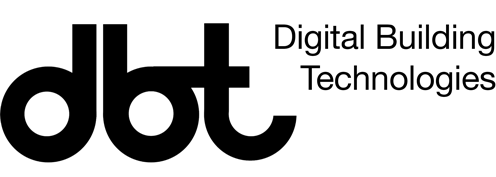With the advent of robotic printing, it is possible to print material along 3D paths with variable orientation and thickness. Consequently, paths can be customized to enhance aesthetic or practical attributes such as surface quality or mechanical performance. However, there is a lack of methodologies for designing robot-fabricable, non-planar print paths. This research aims to address this gap with a focus on creating intuitive path design tools within the reach of designers and on considering fabrication constraints inherent to non-planar robotic 3D printing.
Ioanna Mitropoulou | dbt

The methodology of this research is based on defining a parametrization function over a surface and then tracing the paths as its isolines. The primary challenge then is selecting an appropriate function that fulfills the intended objectives. With that, this research draws upon the wealth of established methods for shape parametrization in computer graphics and repurposes them in the novel context of robotic 3D printing.
Two methodologies are developed, namely designing a boundary-controlled and a vector-field-controlled function. The boundary-controlled method defines the function as the interpolation of the geodesic distance from boundaries set by the user, resulting in paths always parallel to the boundaries and smoothly interpolating the space between.



The vector-field-controlled method defines a function considering a tangent guiding vector field as its gradient. The user can then control the paths by applying constraints on the guiding vector field, thus having control over both orientation (always orthogonal to the vector field) and spacing (determined by the magnitude of the vector field).


To further enable control of the path layouts, an intermediate discrete representation is devised, consisting of two coupled transversal strip networks overlayed into a strip-decomposable quad (SDQ) mesh. Editing operations for altering the strips’ connectivity are developed to allow hands-on manipulation of the SDQ mesh structure to suit specific design requirements or aesthetic preferences. Editing the strips of the SDQ mesh enables direct manipulation of the non-planar print paths they represent.


The research’s impact lies in design innovation and efficiency. Non-planar paths unlock a novel design realm, enabling designers to not only shape the exterior but also manipulate the layered configuration of the printed object, fostering artistic and structural innovations and broadening the creative domain of 3D printing. From an efficiency perspective, it minimizes material waste by reducing the need for sacrificial support and enhancing surface quality.


